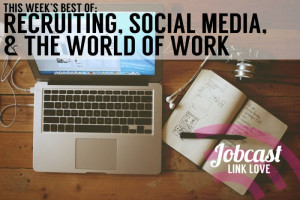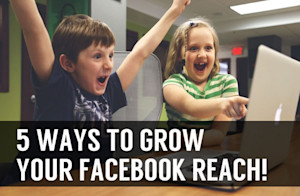Creating and maintaining a successful team culture is one of the most effective ways to retain staff, keep them engaged, and ensure your company is meeting its targets.
Today, workers place a higher importance on the culture of an organization – if they don’t feel valued, appreciated and that they are a good “fit” they are more likely to move on.
Equally, hiring managers seek to fill roles with staff that enhance the company’s image, personality and ethos.
A team member who does not fit with the general culture of his or her organization will struggle to perform.
They may begin to feel restless and start to cause problems for the rest of the team, either deliberately or unintentionally.
Astronaut, engineer and military man Chris Hadfield said:
“Ultimately, leadership is not about glorious crowning acts. It’s about keeping your team focused on a goal and motivated to do their best to achieve it, especially when the stakes are high.”
Here are some techniques to build an effective team culture in your organization.
Have a Distinctive Personality
Every organization, even when only made up of a few individuals, needs to know what it represents to its customers and clients.
Paul Meehan of consulting firm Bain and Company says that turning commitment into strong performance relies on the fact that “a company’s personality needs to be complemented by behaviors that motivate employees to excel over and over again.”
Make sure that every employee from entry-levels staff to the chief executive team knows what is expected of them, so that they can be as productive as possible, while still maintaining a sense of individuality.
Hire the Right People
This is a simple point, but hiring correctly in the first place saves time and money.
It also prevents serious workplace issues such as disengagement.
Rather than just looking at a candidate’s experience and resume, consider how they are going to fit in with the company as a whole.
Remember that diversity is an essential part of any well-rounded workplace. Don’t make the mistake of thinking that you need to hire a certain gender or age group for a role.
Every department benefits from a good mix of people, older and younger, parents and singles, ethnicity and gender diverse.
Have Open Communication Channels
Are you team members working in a silo? How accessible is upper management to the wider team?
When a worker has an issue, how easy is it for them to get assistance and how likely are they to seek out help from the correct channels?
Ben Kirshner of American Express’ Open Forum says:
“When employees feel they can engage directly with leadership, they’ll build a stronger sense of community with your organization as a whole.”
He also says that at Amex, this has been imperative to building a strong and solid team culture and an iconic brand.
Set expectations for your staff
Every team member needs to have a clear picture of where they fit, this should not be set in stone, but be flexible and constantly under review.
Team dynamics shift and change as new members are added and this affects the expectations placed on every worker.
According to Simon Moss, TRC Group’s Managing Director:
“Every employee should have clear expectations as to what they need to do to advance. They should know what that advancement will look like. If you begrudge it then you’ve foolishly set the standards too low.”
Keep Your Team Motivated
What sort of rewards systems do you have in place for when your team achieves goals?
Workers are placing an increased importance on other motivators.
Flexible/remote work, time off, incentives and “perks” like free meals and a decent coffee machine factor into their engagement.
Review the motivators that are in place to see if they are effective. Survey your teams frequently to find out what they value most because this will change as staff join or leave the team.
Foster a Team Mentality
John Keyser is the creator of a company called Common Sense Leadership.
He is an expert career motivator and works with executives to develop organizational cultures.
Keyser’s aim is to assist them to produce outstanding results and organizational improvement.
He says, “This fosters a stronger sense of interdependency and encourages everyone to share new ideas.”
And that “Viewing an individual by what they do fails to take into account many attributes and talents that an individual can contribute to creating a winning team.
Engaging others as partners in the success of an organization shows that you value people for who they are and not just by the results that they produce.”
How’s your team culture shaping up?
Finding and fixing gaps in your team culture strategy is a great opportunity to make their mark on your organization.
No winning team culture is built overnight and sometimes a few tweaks in the right direction can have an impact felt company wide.
Surveying current staff can be a great way to get started, either informally or as some sort of structured venture. Don’t be discouraged if what you discover is not 100% ideal – these “culture gaps” are golden opportunities for growth.
Alyce Vayle is a career writer, journalist and blogger for a major education brand. She is also a content producer, digital communications copywriter and media geek. You can contact her through her blog.





